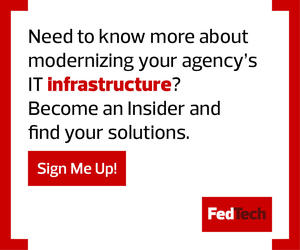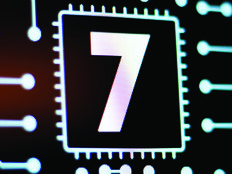Driven by pandemic needs, he says, AFRL deployed the classified telework solution to 1,000 Air Force senior leaders in 2020. The program now includes hub locations around the world, with smaller implementations at U.S. bases.
The effort drew from CSfC’s extensive list of consumer-grade commodity hardware, including “switches, routers, VPN devices, intrusion prevention and detection devices, firewalls, certificate authorities, hard drives, telephones, mobile communication devices and many others,” he says.
CSfC played a crucial role in helping AFRL ramp up telework quickly and securely. The program “represents a revolutionary approach to a very dated method of classified communications,” DeProspero says.
While government-designed cryptographic hardware has always enabled classified communication, “the technology landscape has evolved to a stage where there are other ways to reach the same end goal,” he says. “Modern communication technologies are fast, inexpensive, reliable and backed by warranties with top-tier companies and providers.
“Further, commodity hardware provides for more robust and resilient architectural configurations, and far more flexibility in the design and configuration of those solutions.”
MORE FROM FEDTECH: Learn why agencies need to take a new approach to data security in 2021.
Commercial Tools Help Army, Air Force Upholding Their Missions
For the Army, CSfC has proved critical in maintaining operational readiness. By supporting the rising need for remote connectivity, the Fort Gordon team has enabled military commanders to meet the mission consistently, even in the midst of the COVID-19 crisis.
For the Army — as for any agency that handles classified information — the ability to support telework isn’t just about employee productivity; it’s also about upholding the national security mission, even in turbulent times.
“Senior Army leaders are able to maintain unclassified and classified connectivity during travel, thus maintaining critical situational awareness and command-and-control functions while away from their home station information systems,” Eubank says.
CSfC also delivers guidance to ensure that products are put to use effectively. For instance, a capability package includes details on how hardware can be configured to let classified data flow over unclassified networks.
“While the communication hardware and the data transport techniques are two main components of a telework solution,” DeProspero says, “one must not forget about end-user experience.”












